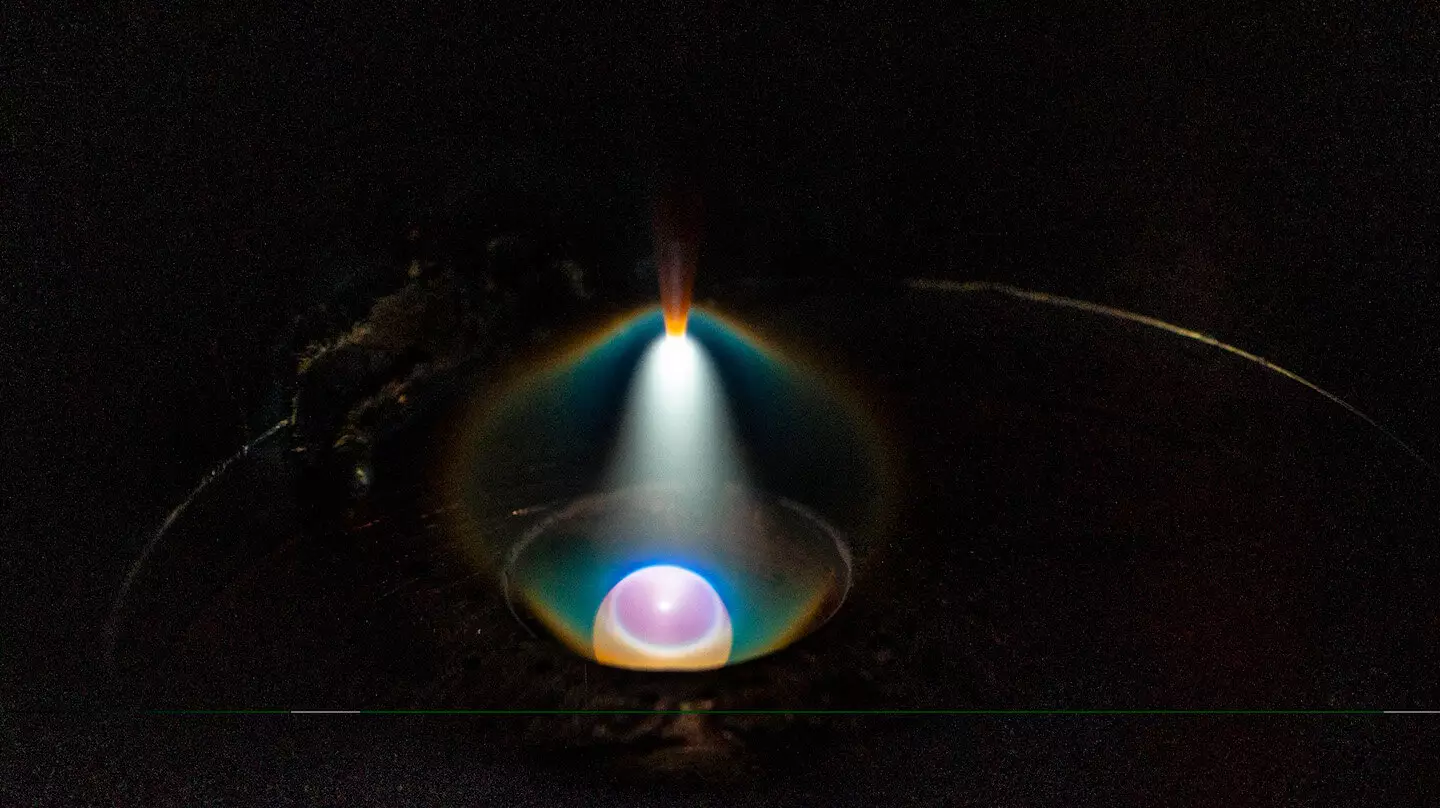In the realm of materials science, traditional alloys like steel and aluminum are essential and widely used due to their specific properties. Steel, for instance, melts at about 2,500 degrees Fahrenheit, while aluminum’s performance falters in the presence of moisture and oxygen—leading to corrosion. These materials, despite their prevalence in everyday applications, face severe limitations when subjected to extreme conditions—be it high temperatures encountered in aerospace applications or the crippling cold of Arctic exploration. As our operations increasingly relocate to these challenging environments, there is an urgent demand for alloys that can withstand such rigors without compromising integrity or performance.
The Promise of Multi-Principle Element Alloys
To address the challenges faced by conventional materials, researchers have turned their attention toward Multi-Principle Element Alloys (MPEAs). Unlike traditional alloys that rely predominantly on one or two base metals, MPEAs are crafted from multiple elements in near-equal proportions. This approach enables them to maintain high strength, hardness, and toughness across a variety of temperatures. Moreover, MPEAs demonstrate remarkable resistance to corrosion and thermal fluctuations, making them particularly appealing for applications in aerospace, defense, and other high-stakes industries. These alloys are not just robust; they also possess unique functional properties, which can be advantageous in electronics and magnetics.
Innovation at Johns Hopkins Applied Physics Laboratory
Researchers at the Johns Hopkins Applied Physics Laboratory (APL) are pioneering advancements in the design of MPEAs by utilizing complex microstructures. Their innovative approach allows for the extraction of valuable composition data from a limited number of samples, a strategy that can significantly streamline the alloy design process. In a recent publication in the journal Data in Brief, the APL team detailed their methodology, which involves synthesizing seventeen unique MPEA compositions. According to Morgan Trexler, the program manager at APL, navigating the intricate relationship between alloy composition and material properties is a daunting task. However, the new capability they’ve developed allows for rapid data generation and analysis, fostering an intelligent design process for novel materials.
Harnessing Advanced Algorithms for Material Discovery
One of the cornerstone collaborations at APL involved employing a physics-informed Bayesian optimization algorithm named PAL 2.0, developed by Paulette Clancy and Maitreyee Sharma Priyadarshini of the Johns Hopkins Whiting School of Engineering. This sophisticated tool is engineered to sift through a myriad of alloy compositions, identifying those that promise optimal hardness and diverse data for future development. Remarkably, PAL 2.0 only requires around a dozen data points to produce insightful recommendations, diverging from the traditional dependency on vast datasets often seen in machine learning initiatives.
As Clancy pointed out, the research operates in a closed-loop cycle, which continuously refines itself based on results from prior tests. Initially, some alloy possibilities recommended through this process proved impractical, either due to their cost or manufacturability. Yet, the team has since pivoted successfully to identify alloys with hardness exceeding twice that of earlier samples, showcasing an evolution in the iterative design process.
Innovative Manufacturing Techniques
The manufacturing of these sophisticated alloys employs a method known as arc melting, which utilizes an electrical current to melt the metal. Notably, arc melting allows for the testing of multiple compositions from a single material sample. Upon melting, the alloy transforms into diverse materials with varying chemical compositions, encapsulated in one sample. Eddie Gienger, a materials scientist and principal investigator, emphasizes the value of this method, explaining that it enables the exploration of dozens of potential material forms simultaneously.
Furthermore, the integration of high-tech characterization techniques, such as scanning electron microscopy (SEM) and energy-dispersive X-ray spectroscopy (EDS), with nanoindentation provides a comprehensive understanding of the alloys’ microstructures. These techniques allow researchers to extract mechanical property data by examining hardness across hundreds of testing locations within a single sample. Identifying unrecognized phase regions facilitates the discovery of new materials, leading to design opportunities that could not have been anticipated previously.
Building a Robust Database for Future Applications
The culmination of this extensive research has resulted in an expansive database housing seventeen unique MPEA compositions and over 7,000 distinct data points. According to Gienger, this database is invaluable for future alloy development, as it illuminates the vast possibilities inherent in MPEA design. The methods being developed at APL not only accelerate the identification of promising compositions but also lay the groundwork for engineering specific mechanical properties, such as hardness, for targeted applications.
This forward-thinking methodology signifies a substantial leap in alloy design, essential for applications where performance requirements are most stringent. The ongoing efforts at APL are poised to transform our approach to material science, ensuring the discovery of stronger, more resilient materials for the future. The combination of high-throughput characterization and computational intelligence stands to redefine what is possible in extreme environments, promoting innovation in fields that rely on advanced material performance.


Leave a Reply